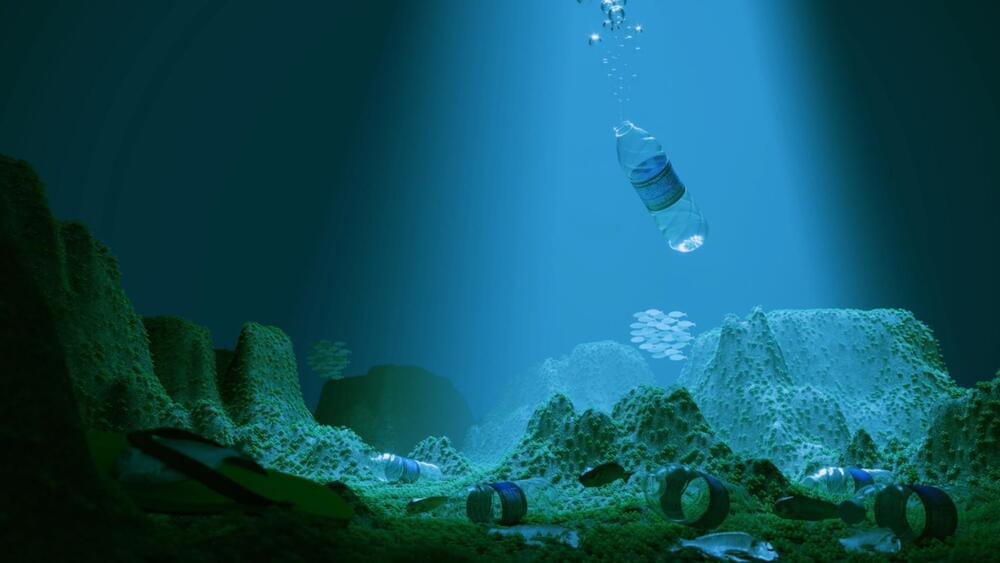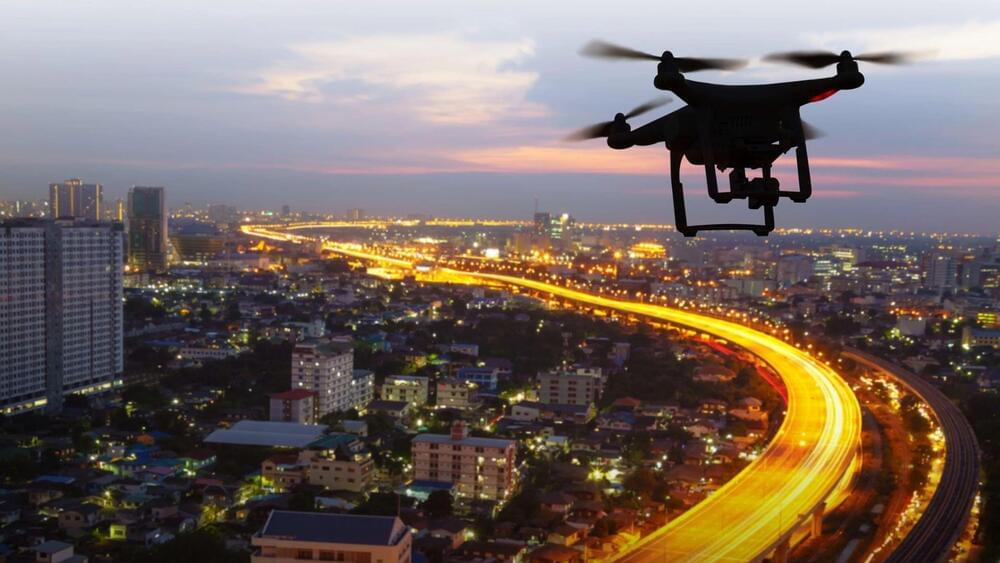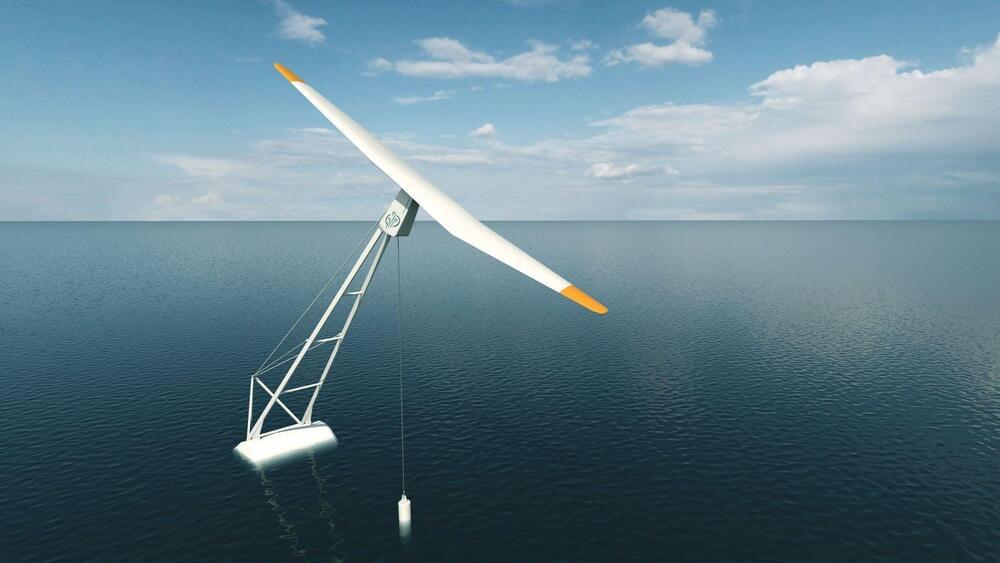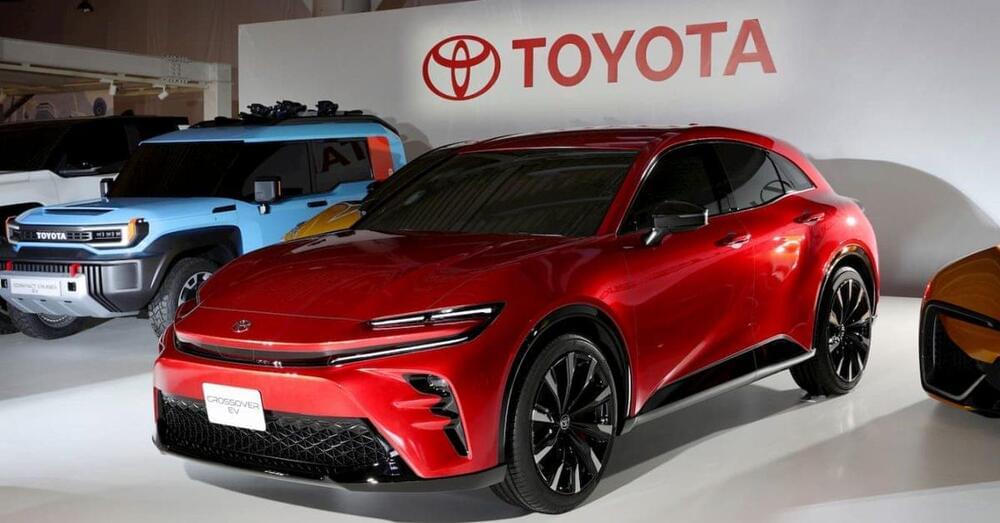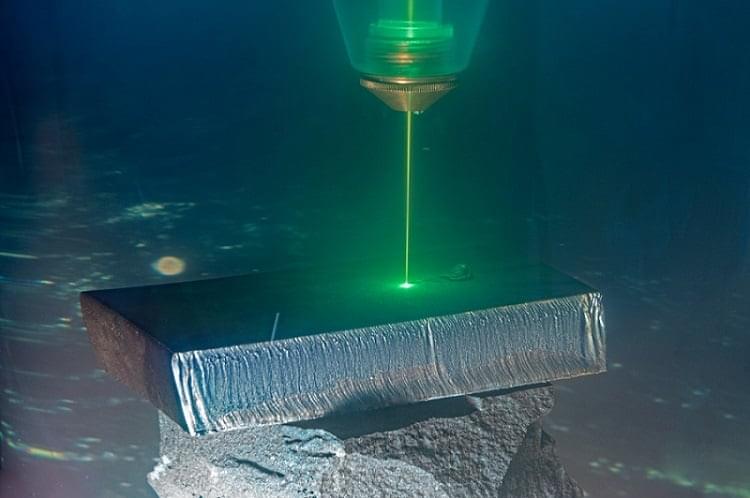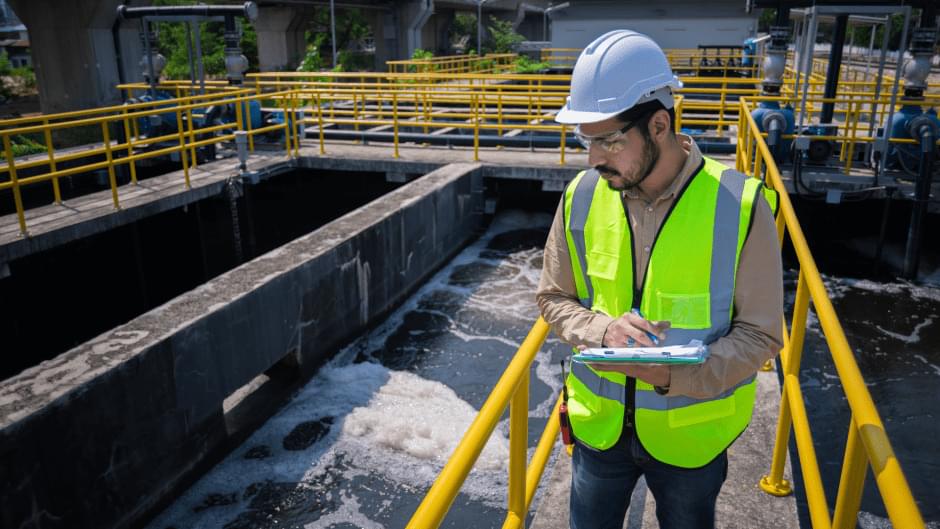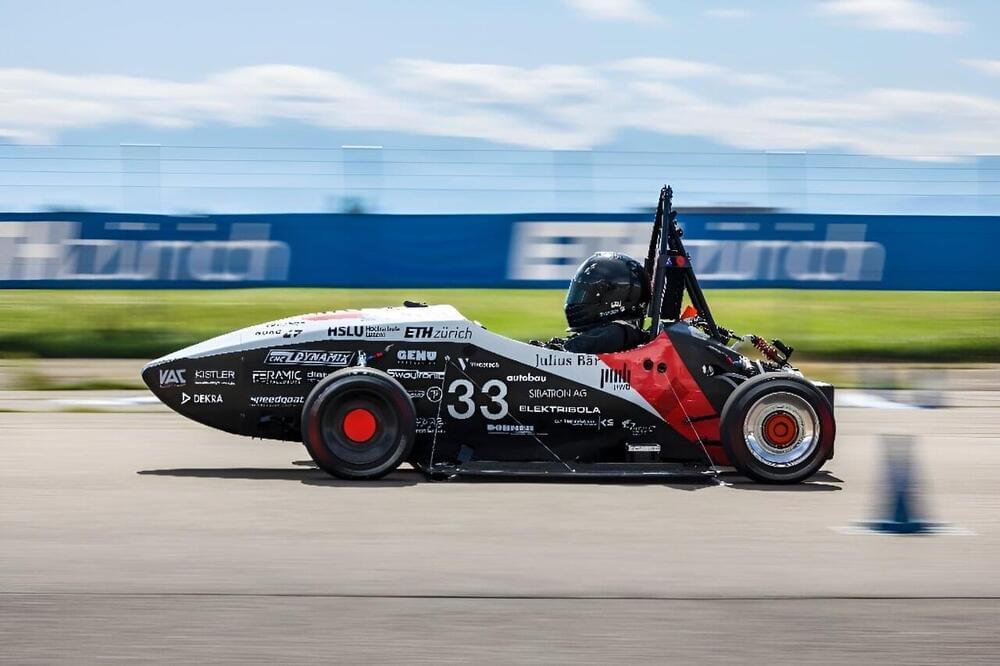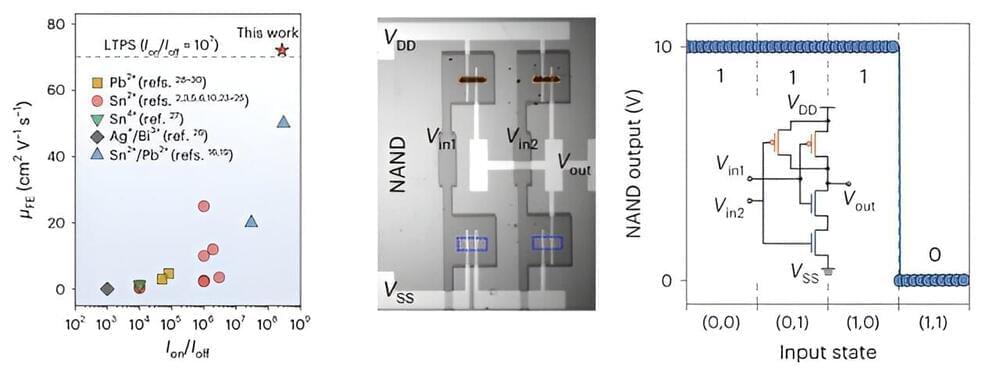Sep 15, 2023
A zero-carbon transport sector needs smart EV charging
Posted by Shubham Ghosh Roy in categories: engineering, government, sustainability, transportation
Decarbonising Australia’s transport systems will take more than a transition to electric vehicles. Understanding how and when owners like to charge their cars is important. Our researchers are examining how we might persuade the increasing electricity demand to meet the time-dependent renewable energy supply.
How many people do you know who own an electric vehicle? Most Australians still drive petrol-fuelled cars. But the proportion of electric vehicles (EVs) on our roads is set to boom in coming years, particularly if the government’s plans to introduce a fuel efficiency standard prove successful.
Transport researchers at the University of Melbourne Faculty of Engineering and Information Technology have studied the expectations EV owners have for charging – and what they think of policies and technologies that aim to shape EV charging behaviours.


